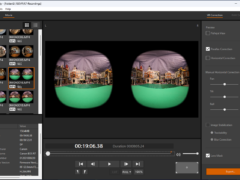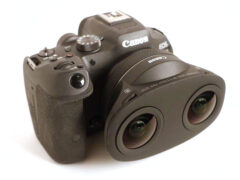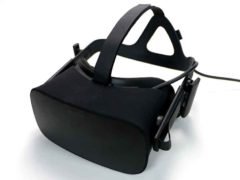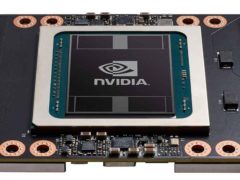
Editing Stereoscopic VR180 Content
Canon has been creating a number of dual fisheye lens upgrades for their existing line of cameras, and they recently sent me an EOS R7 camera with Dual 3.9mm Fisheye… Read more »

Canon has been creating a number of dual fisheye lens upgrades for their existing line of cameras, and they recently sent me an EOS R7 camera with Dual 3.9mm Fisheye… Read more »

Canon has been creating a number of dual fisheye lens upgrades for their existing line of cameras, specifically their mirrorless cameras, but including the C400 which also has an RF… Read more »

VR headsets have been available for over a year now, and more content is constantly being developed for them. We should expect that rate to increase as new headset models… Read more »

I once again got the opportunity to attend NVidia’s GPU Technology Conference or GTC in San Jose last week. The event has become much more focused on AI supercomputing and… Read more »

There are a number of proprietary theatrical formats that have been released over the last few years, to get people back into theaters, and away from their 4K BluRay players… Read more »
I haven’t posted much in the last few months, because there have not been many new developments that caught my eye or piqued my curiosity. But this month we are… Read more »
To provide us with vision, our brain combines the two separate images from both of our eyes to create the perception of depth. Stereoscopy imitates that to create an artificial sense of… Read more »
In theory, stereoscopic media content can be edited exactly the same as 2D content is, when an offline-online workflow is used. This allows the editor to edit one stream in 2D,… Read more »
I did get a chance to check out some of the new products available at NAB. These are the things that stood out to me: Cineform’s big news was their… Read more »
Viewing stereoscopic media in realtime requires that the combined stream be transmitted to your display in some form. Originally this was accomplished with two independent streams going to two separate output devices,… Read more »
